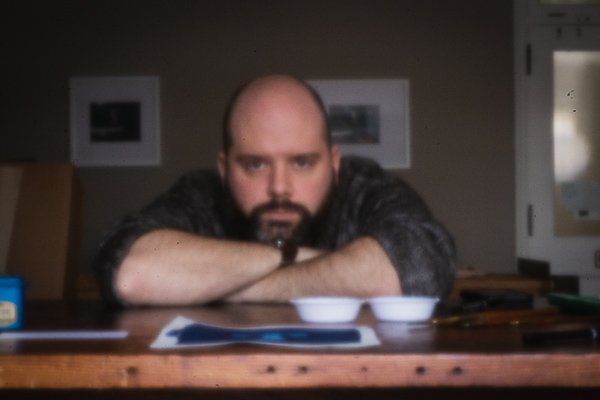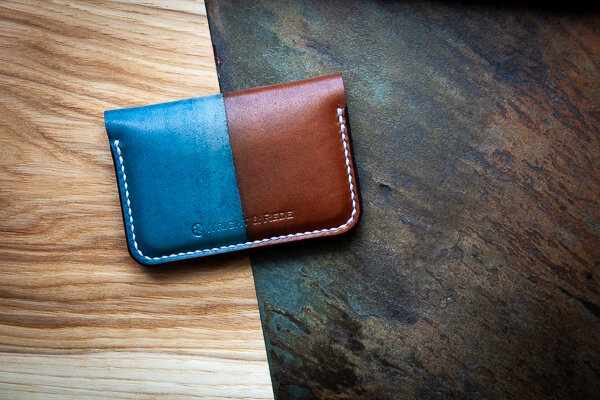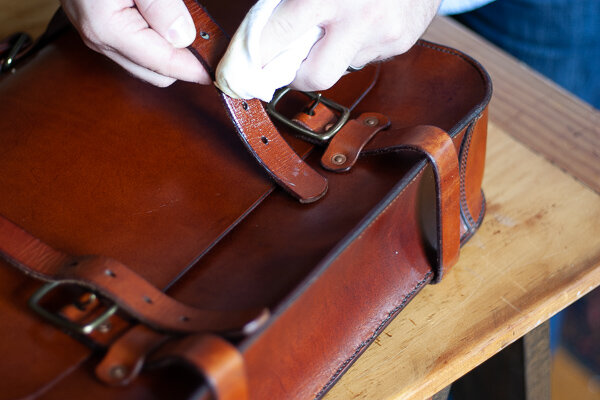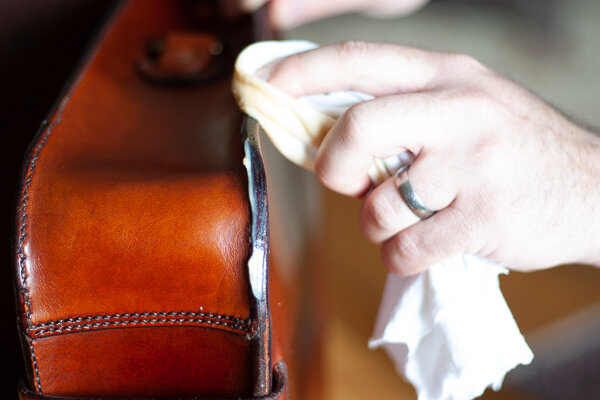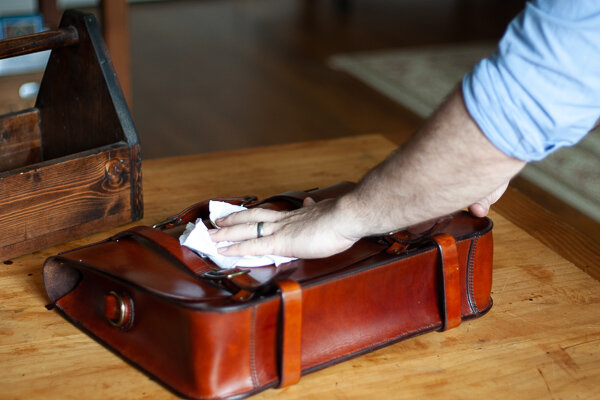October Residency
Week Four
This week was rough and I knew it would be.
I went into this month knowing that it was going to end in this week and started building up the courage to face it.
I took three of my cyanotypes, my three favorites from this month, to a gallery on Friday to have high quality scans made of them so I can have reproductions made.
Sounds mundane. If you've ever poured your heart into a creative endeavor before you will know the fear I'm talking about though. Logically I know they aren't going to laugh at me, but there is always that voice in the back of my head.
"What if they find out you don't know what you're doing?"
"What if I look like an idiot?"
"What if they tell me my work sucks?"
"What if I don't realize I'm in over my head until it's too late?"
Well, let me tell you how it went.
I started by emailing them. I explained I was looking to have some reproductions made. That I had experience running a creative business (so I didn't look like an idiot) but was new to making work that was scan-able and printable (so I could ask stupid questions). They got back to me the next day, told me to come on up, and that I didn't need an appointment.
On Friday I drove twenty minutes across town. I felt pretty nervous the whole way. I'd spent all week getting in my head about it. Simon at the gallery recognized me by my Lamplighter when I walked in. I showed him my prints. I think he was glad to see I'd brought work that was nice and flat.
Over the next thirty minutes I learned a lot. One important lesson I've learned in running Wright & Rede is that you don't get extra credit for coming off as an expert. So I walked in with a written list of questions in my hand.
"Do I need to worry about surface texture for scanning?"
"What is a normal turn around time to expect?"
"How do I order new copies?"
"How big of a piece can you scan?"
I then had to name all the pieces (oh god) but he told me I could always change the names later (thank god). In talking to him I learned a lot of other things I'd need along the way. Most people you are establishing a relationship with like this are more than happy to educate you. They want a competent customer who is going to order a lot of reproductions. So as long as that is your aim then you are good. You might look a little dumb the first time, but you'll look less dumb the second time and that is what really matters.
Next week I start back in on leather work. It's been a whole month since I've worked with any leather. The holiday season is peeking over my shoulder while I'm typing. Usually by now I'm well into stocking up for that. I haven't started on it yet. But I knew that this was the right time to do my residency. I started it as all the leaves began to change and fall. The branches are bare now and it makes sense to move onto the next thing.
I'm excited to get back to leather working. I've been trying to imagine how this is all going to fit together. After this last month of turning out cyanotypes I'm fairly tired of thinking about leaves. Switching gears feels very right. So that might be how things work in the future. Different seasons with different mediums. I'm not sure I could do both at once.
If you follow me on Instagram check out my profile. I finally updated it to reflect all that's going on. I've been struggling with how to define what my job is when I'm telling other people. I took the plunge and changed it to artist. Over the weekend I'm going to one of my wife's corporate events. That means lots of introducing myself to people. Let's see if I can tell people I'm an artist for a living without stammering.


























